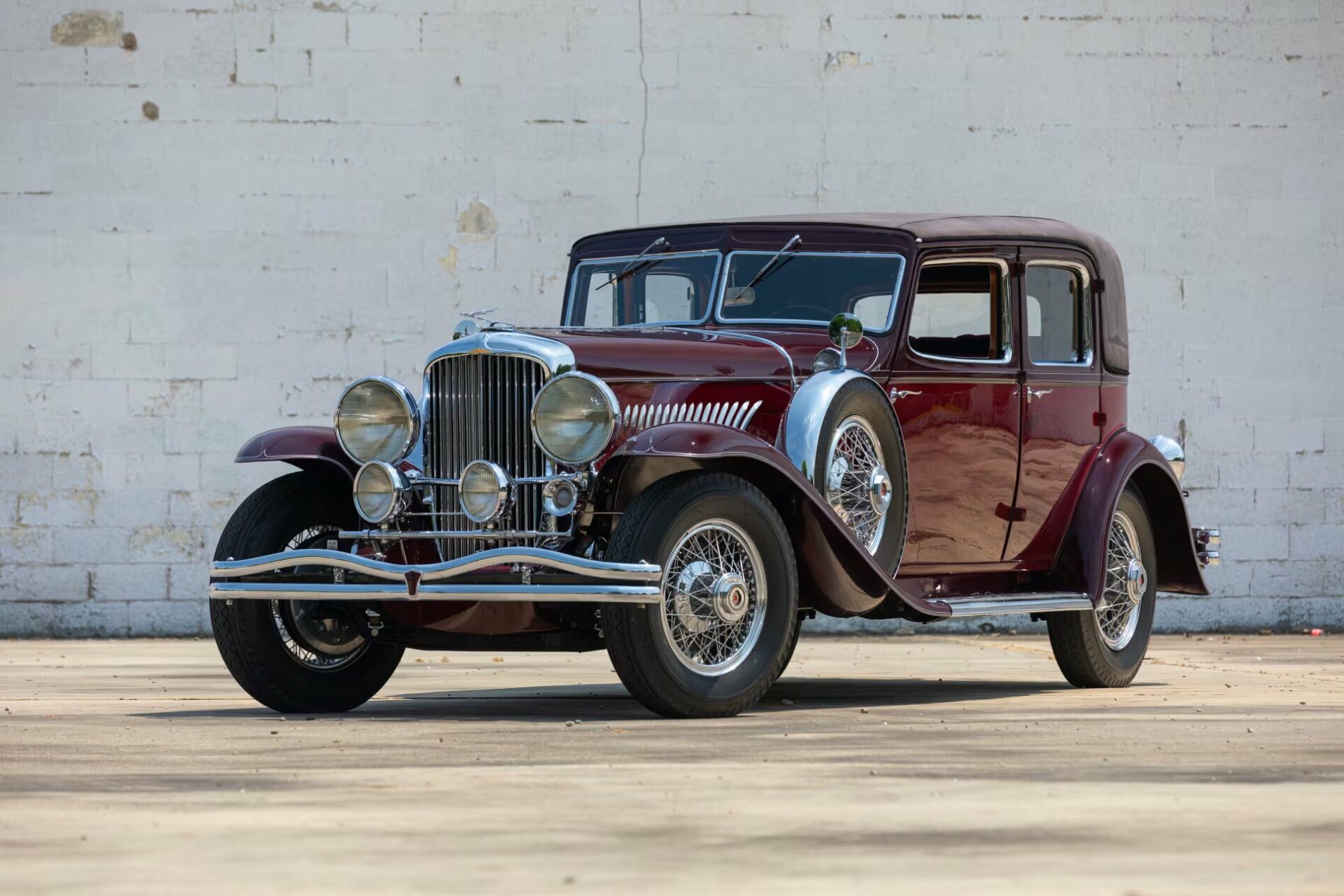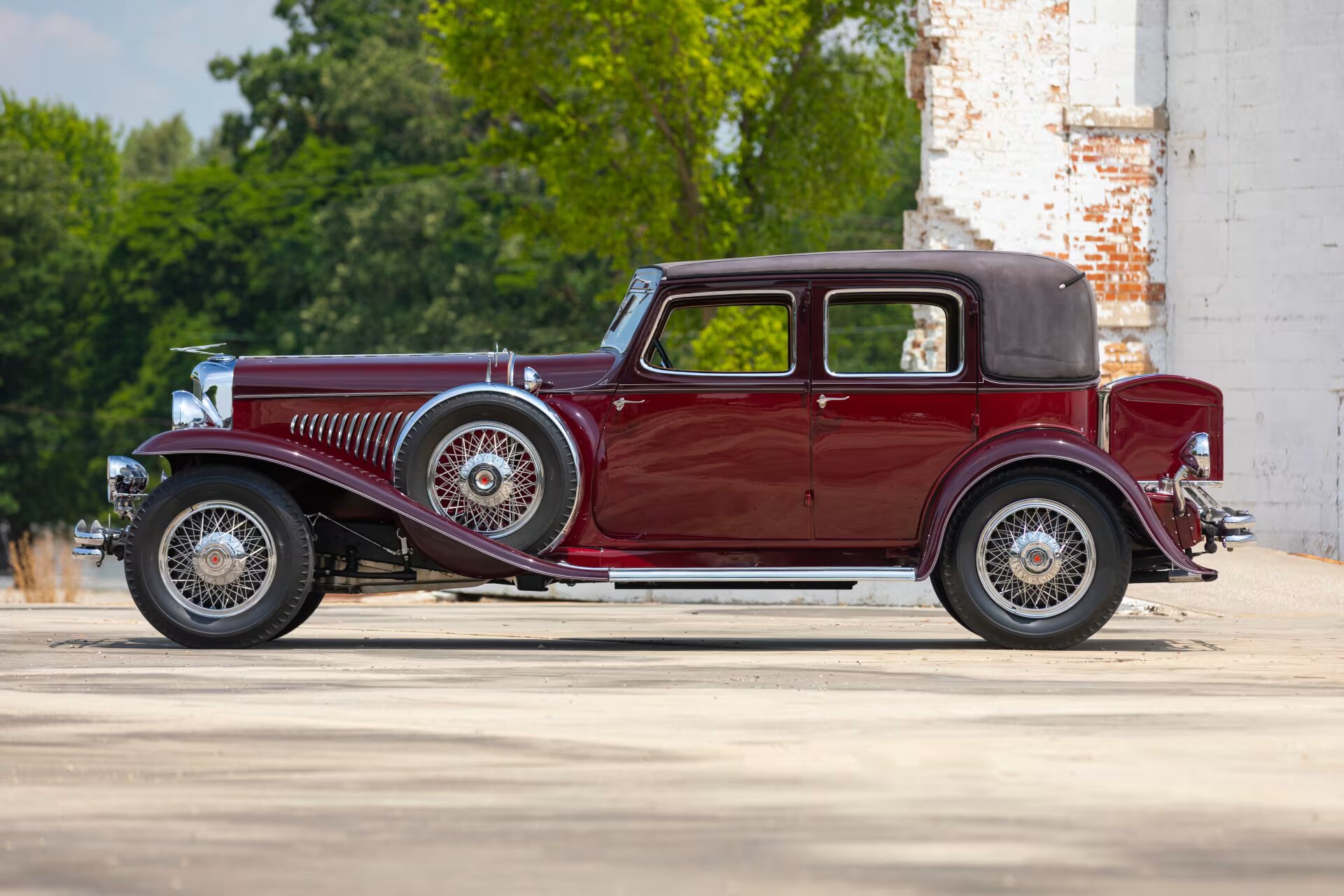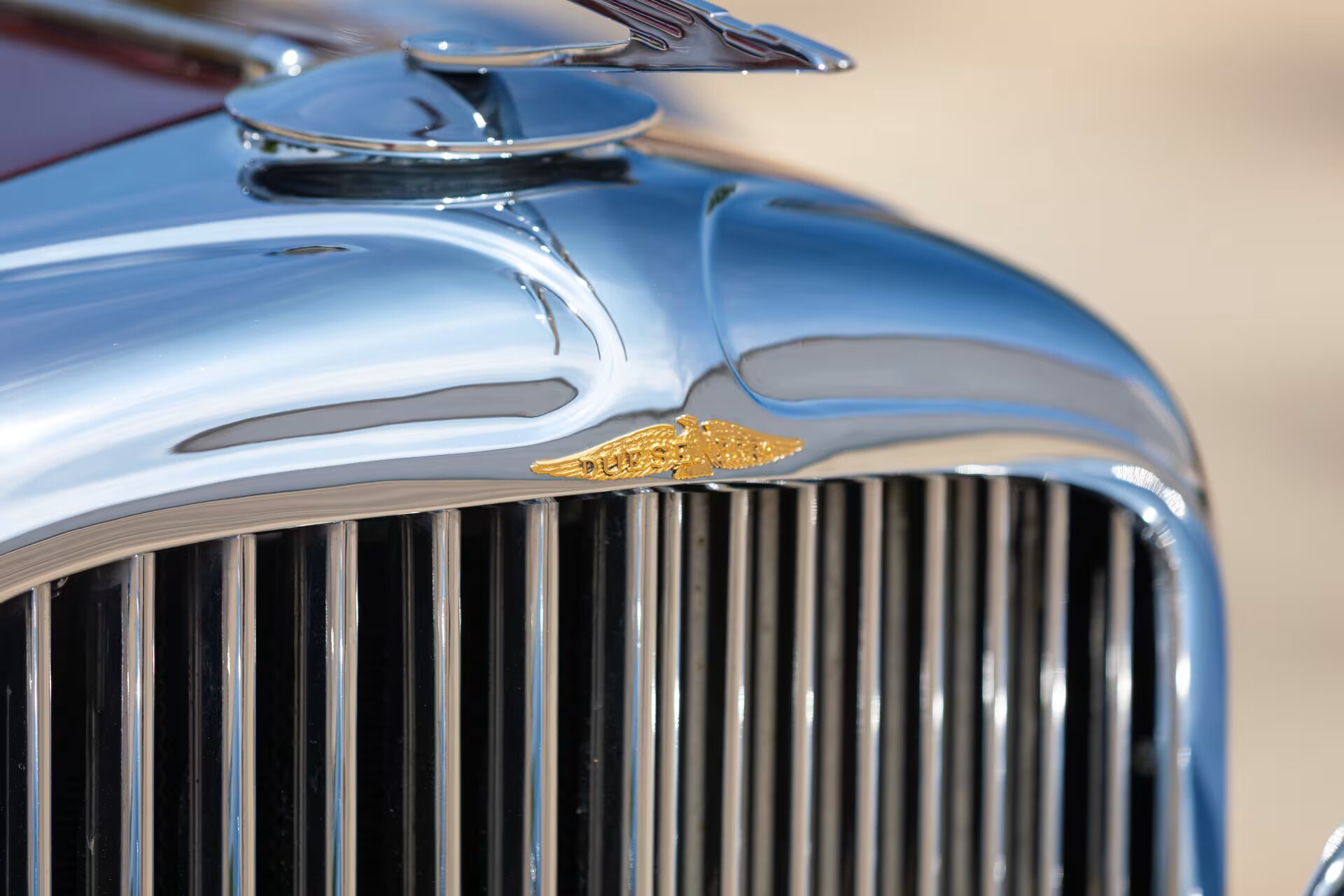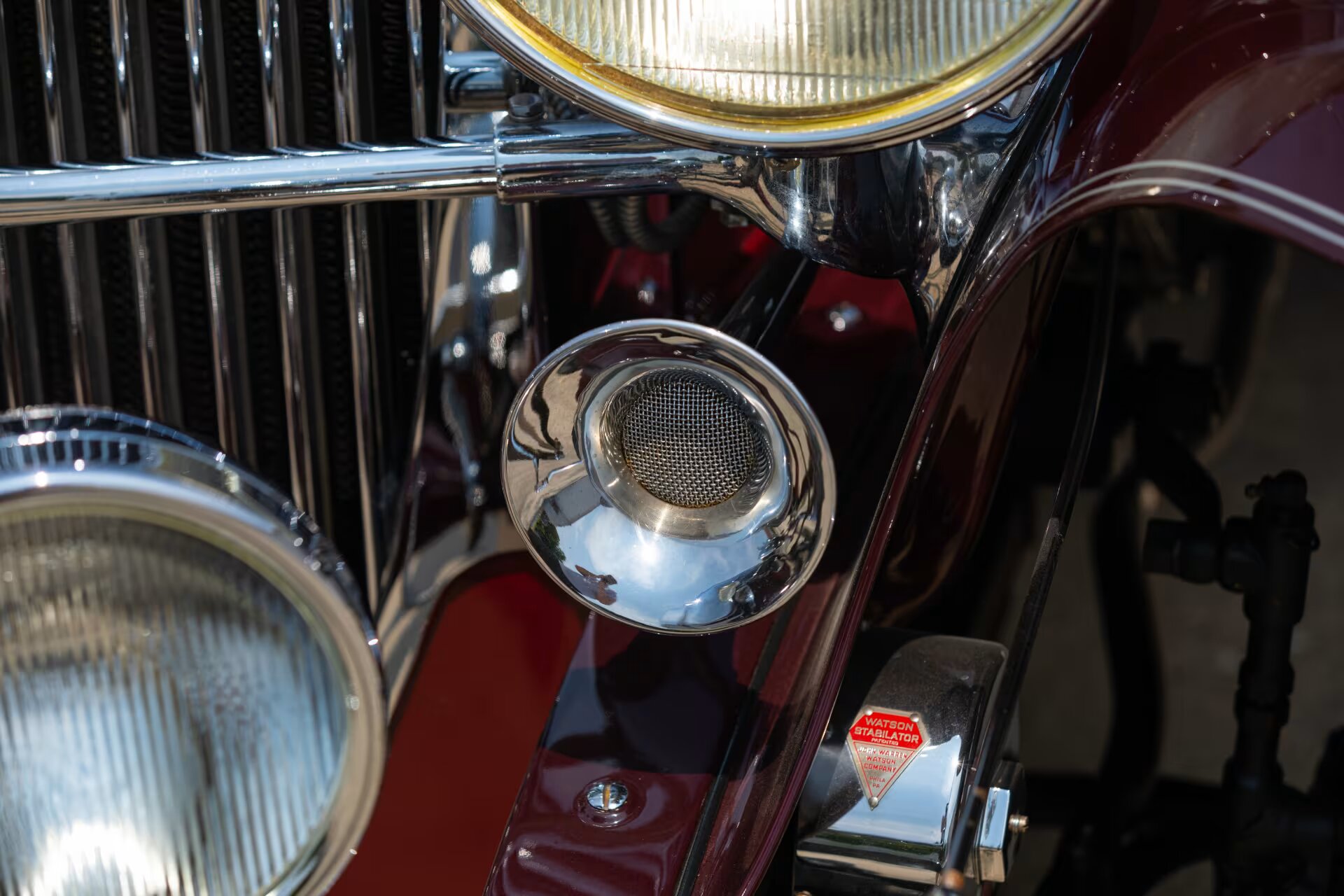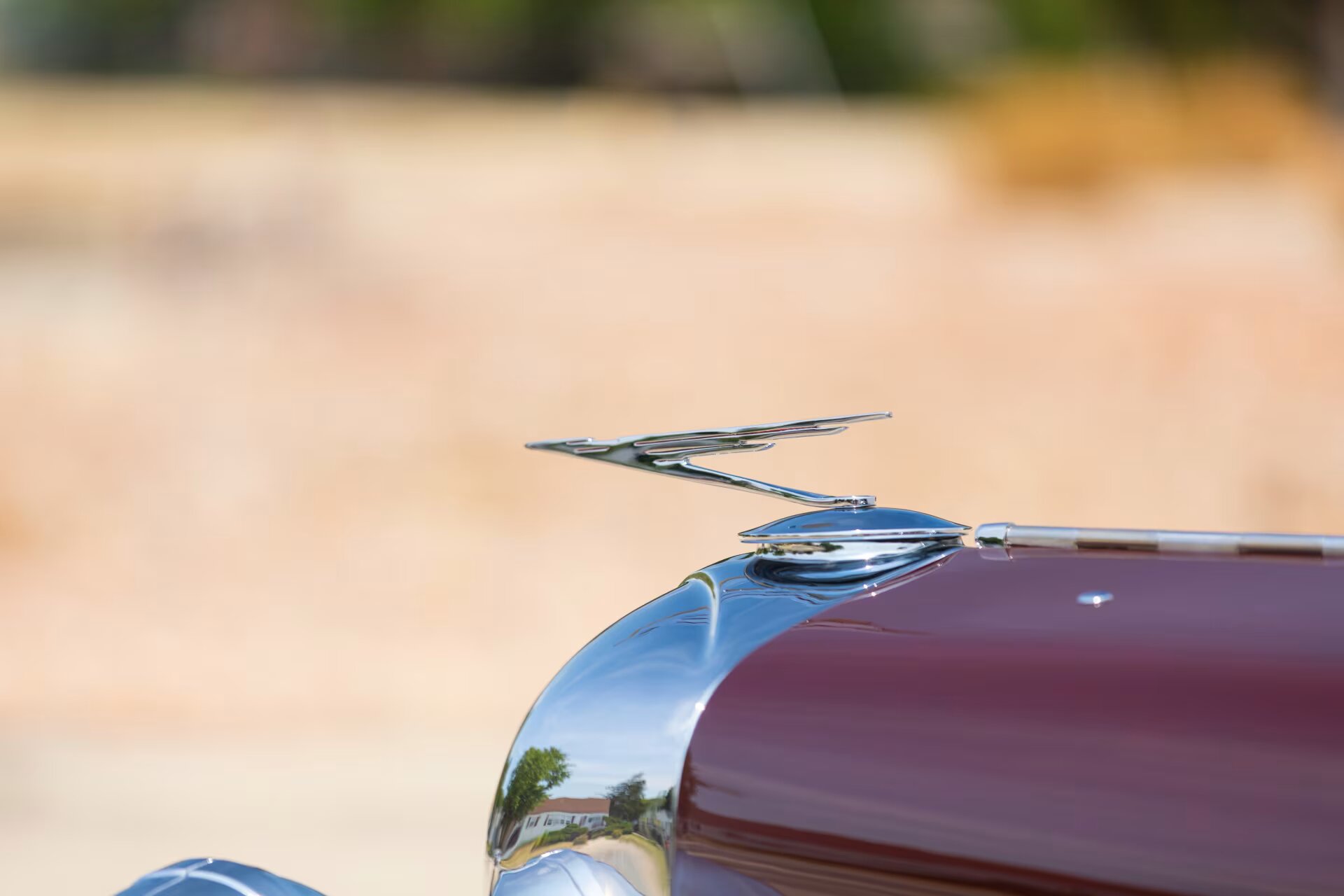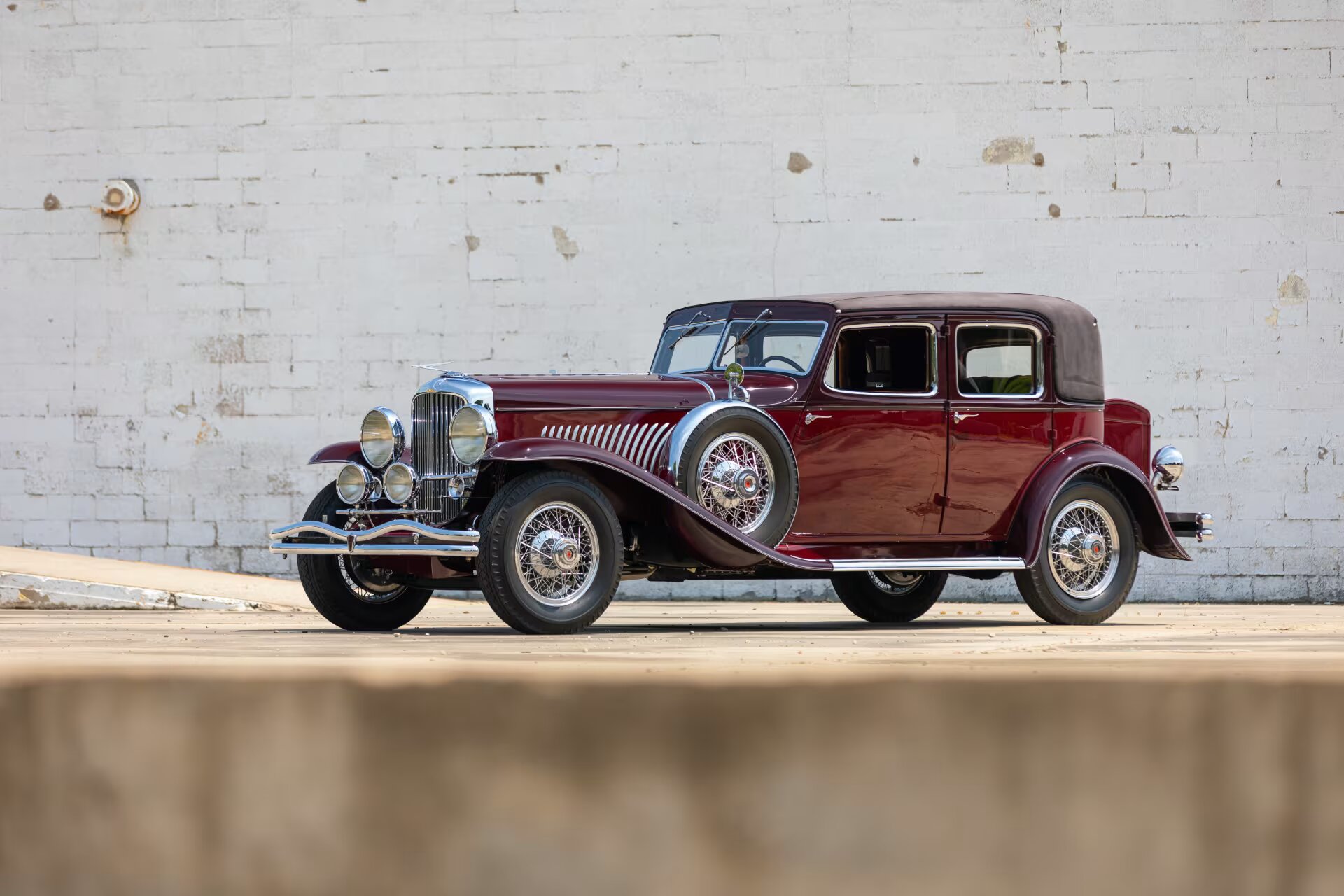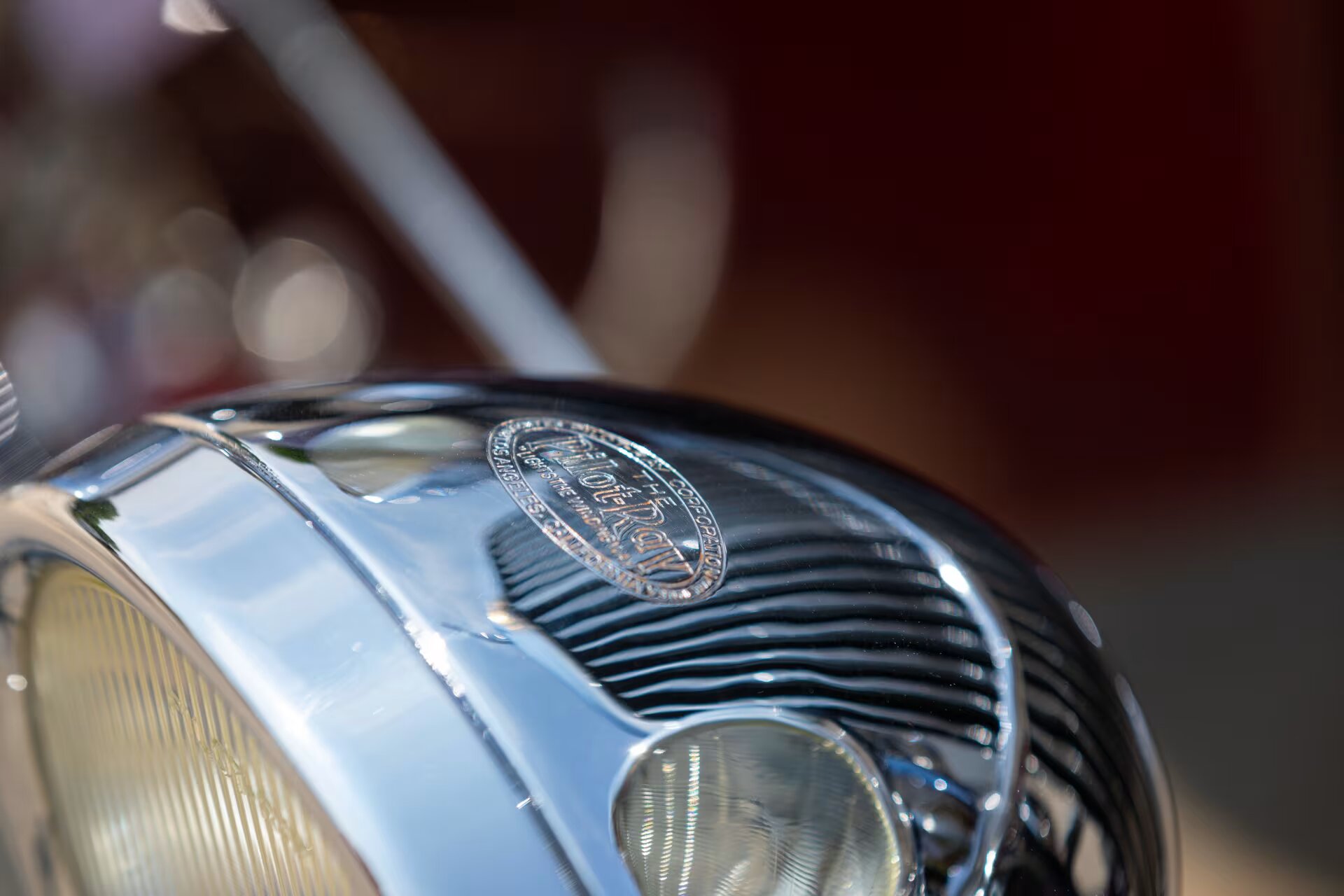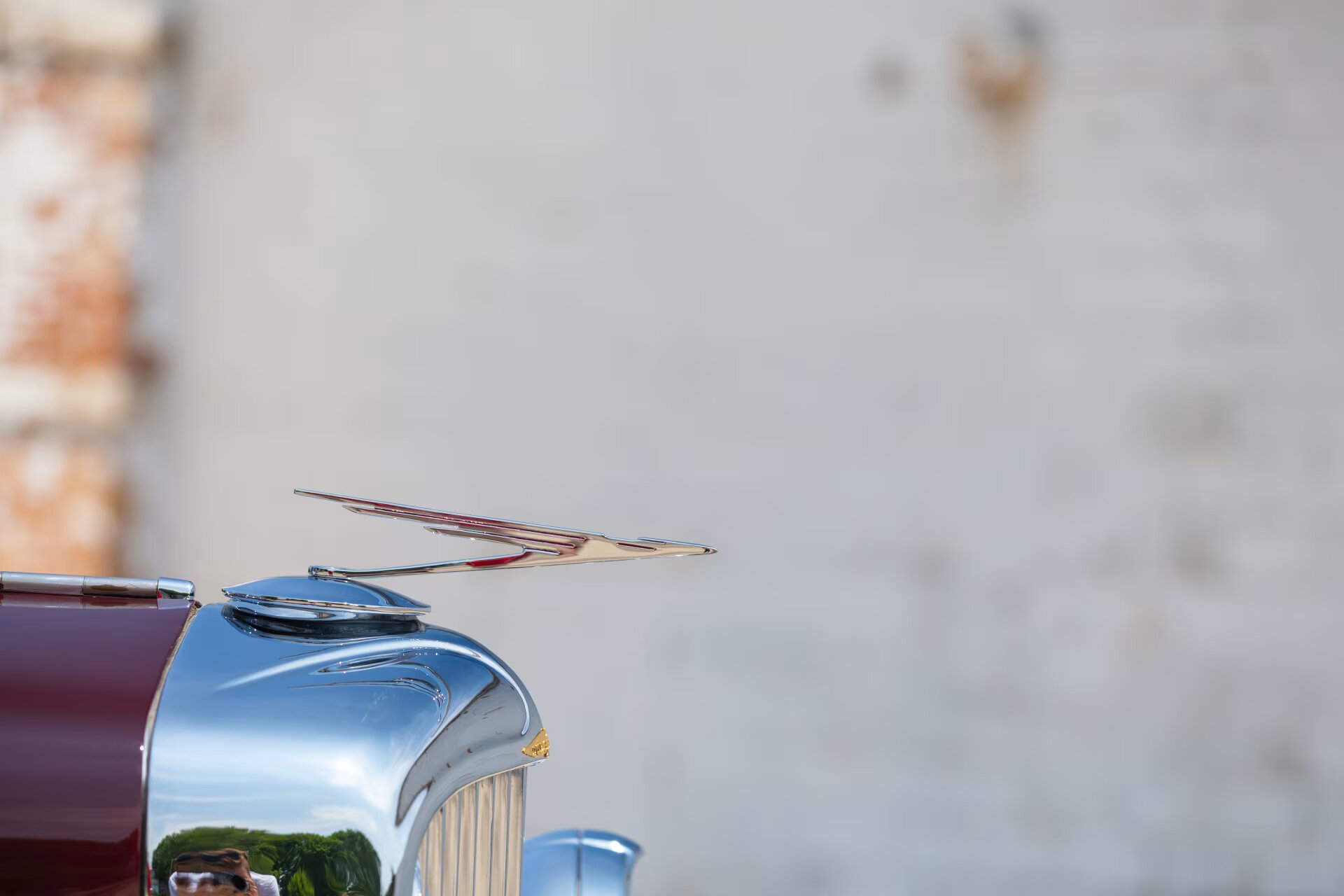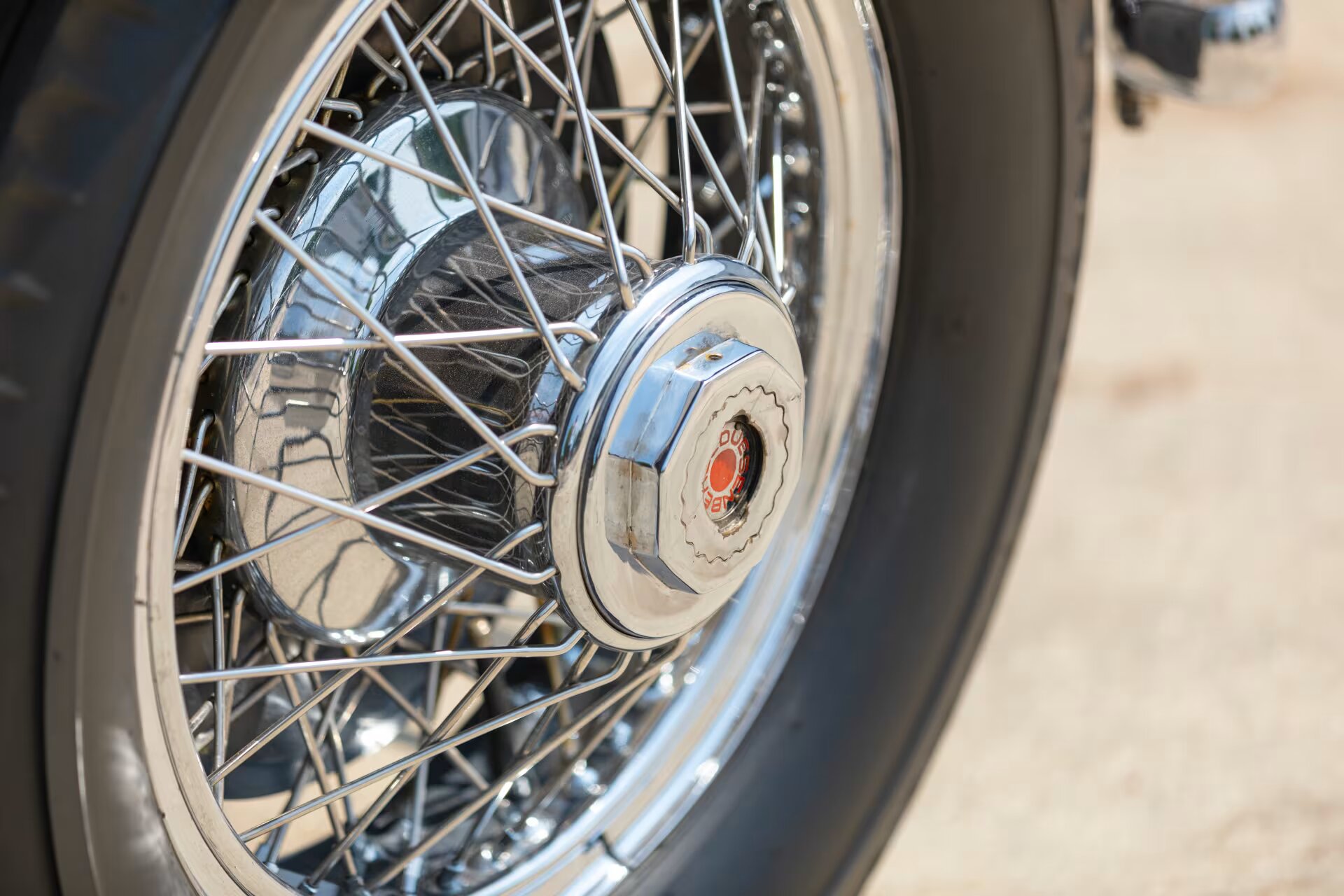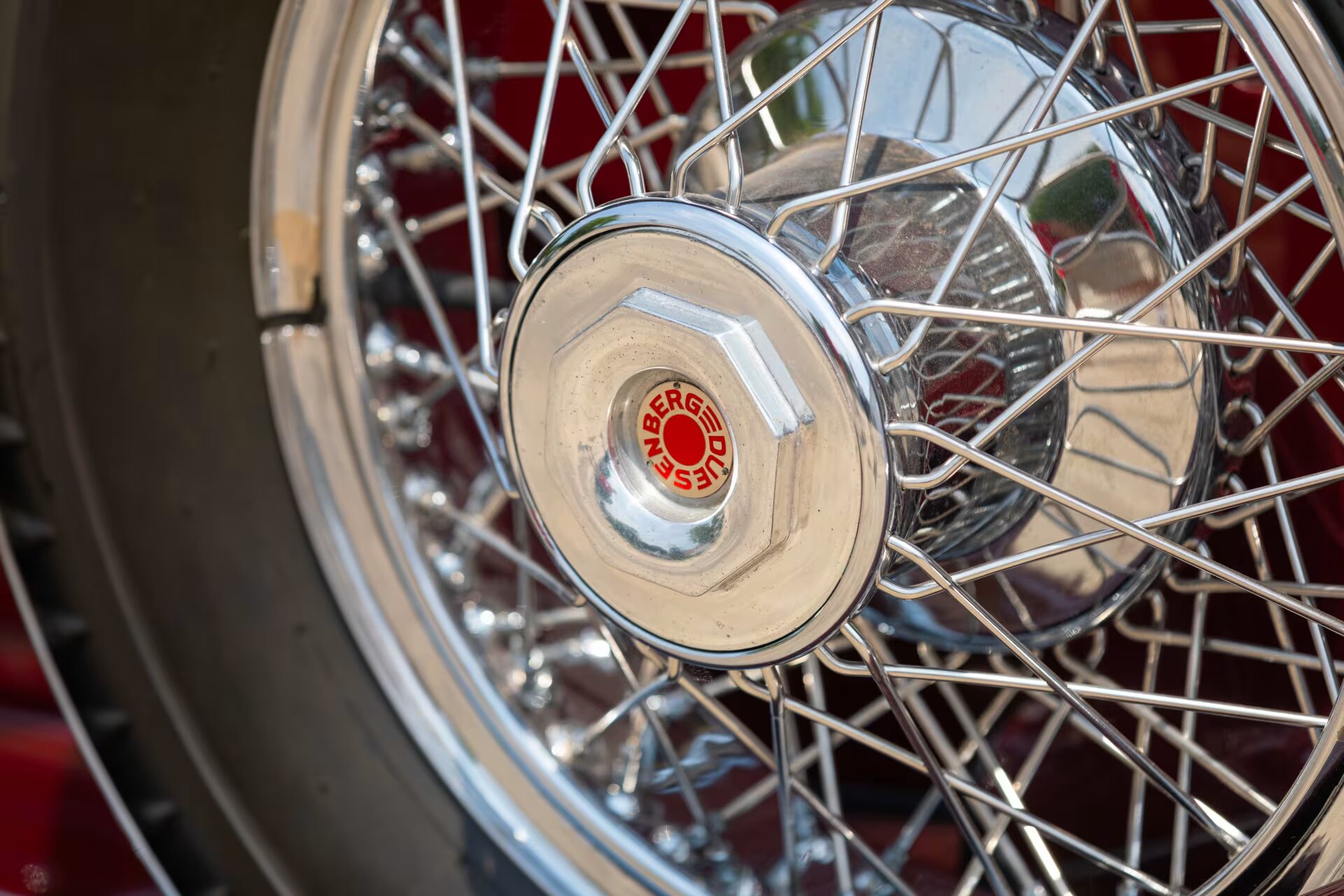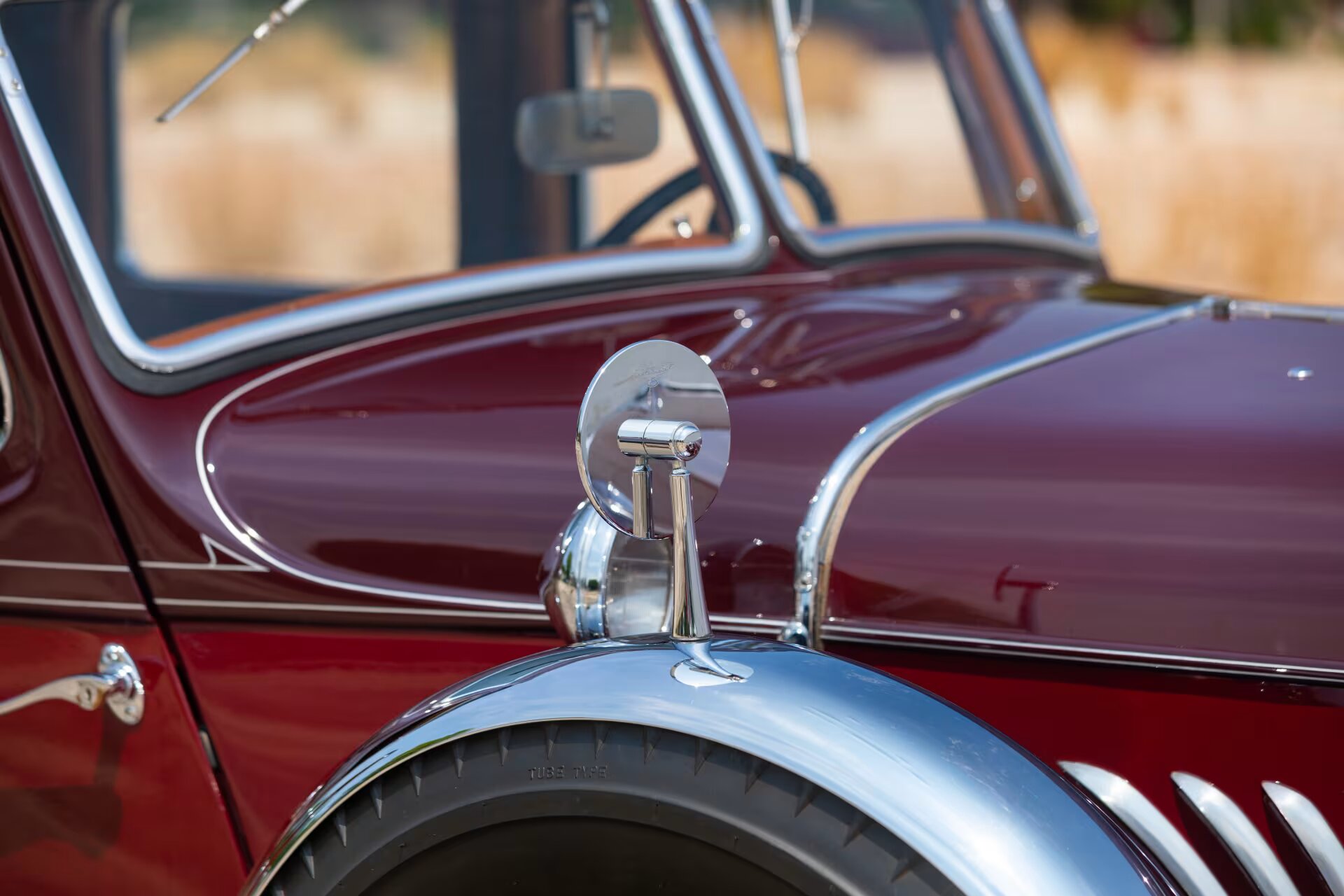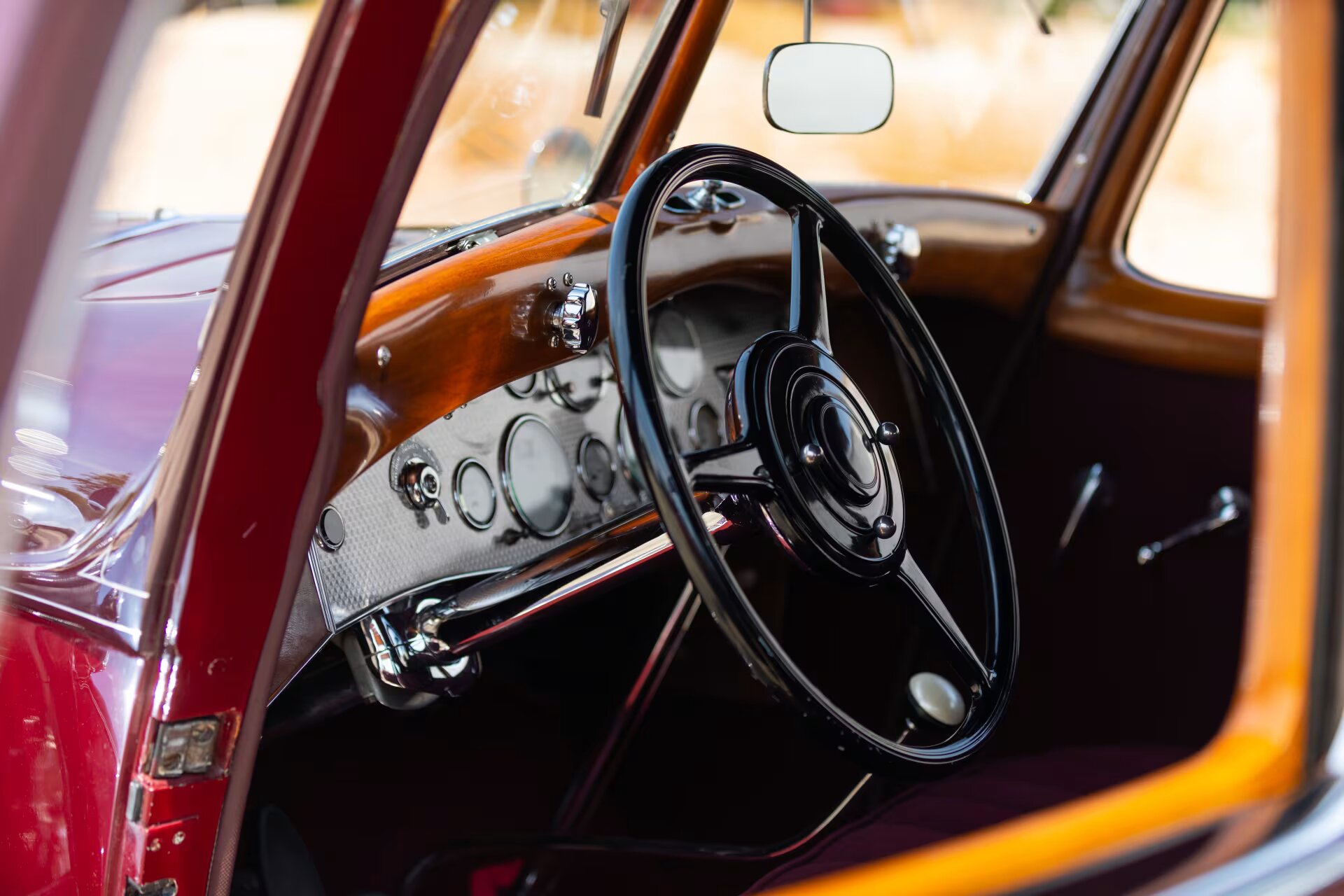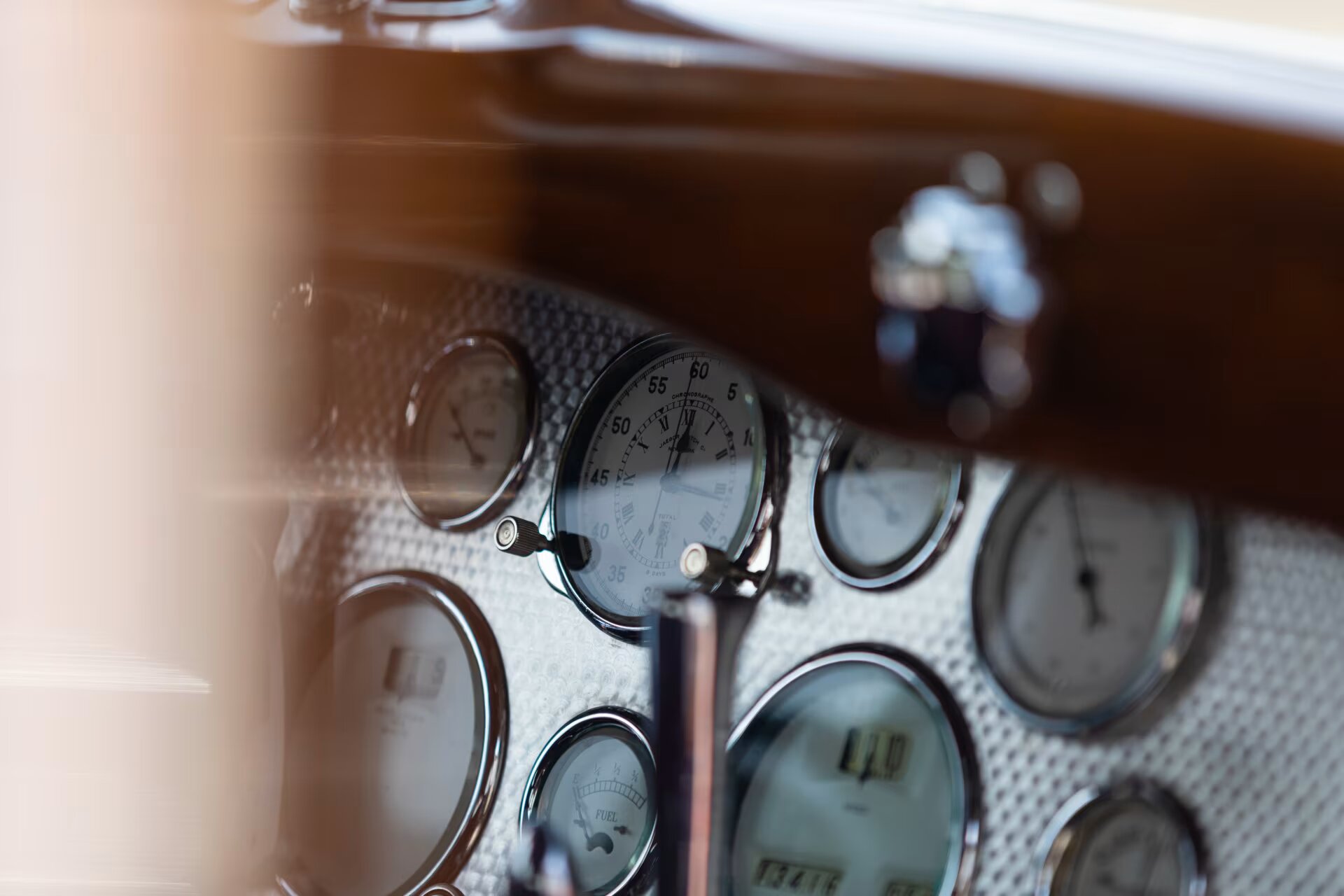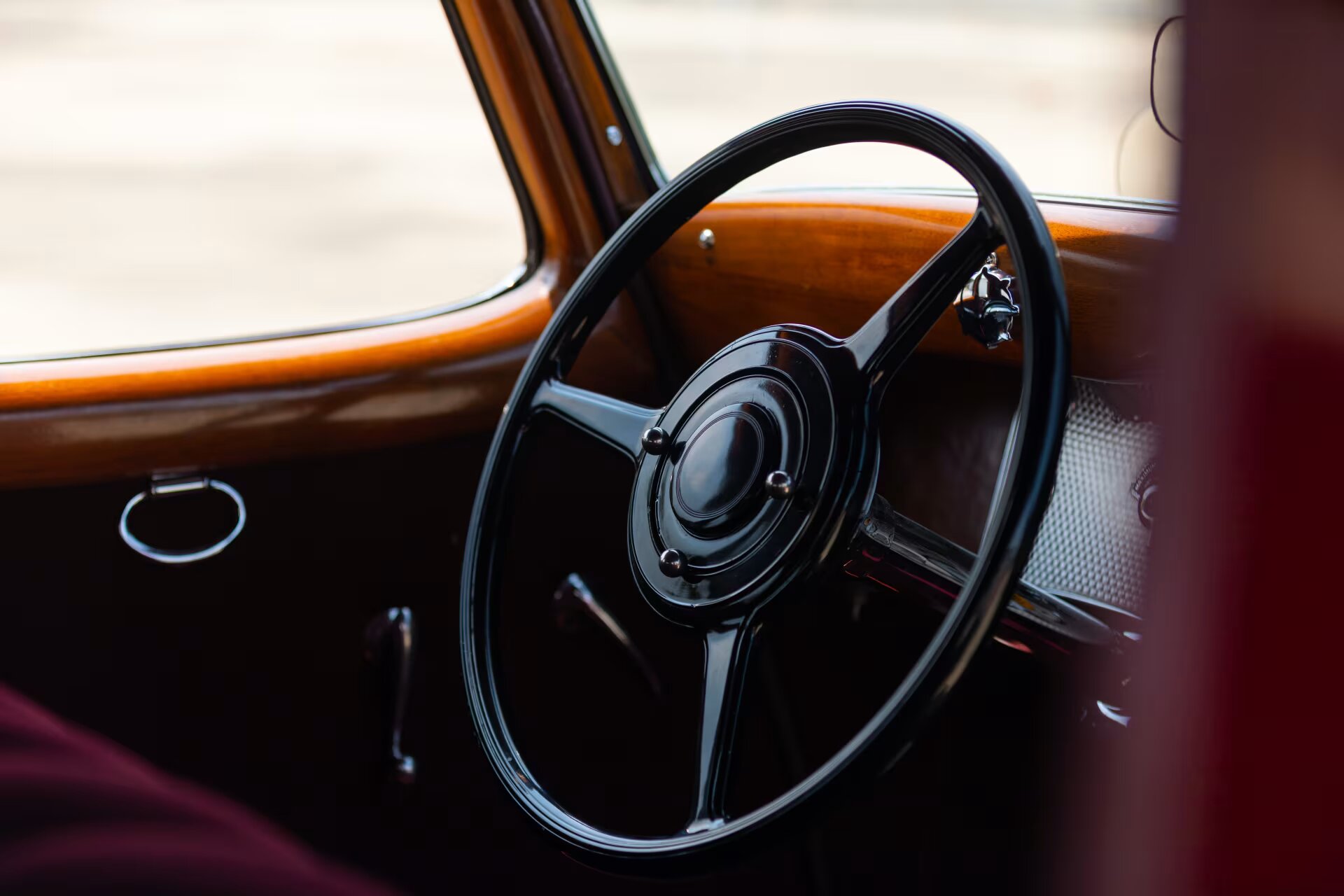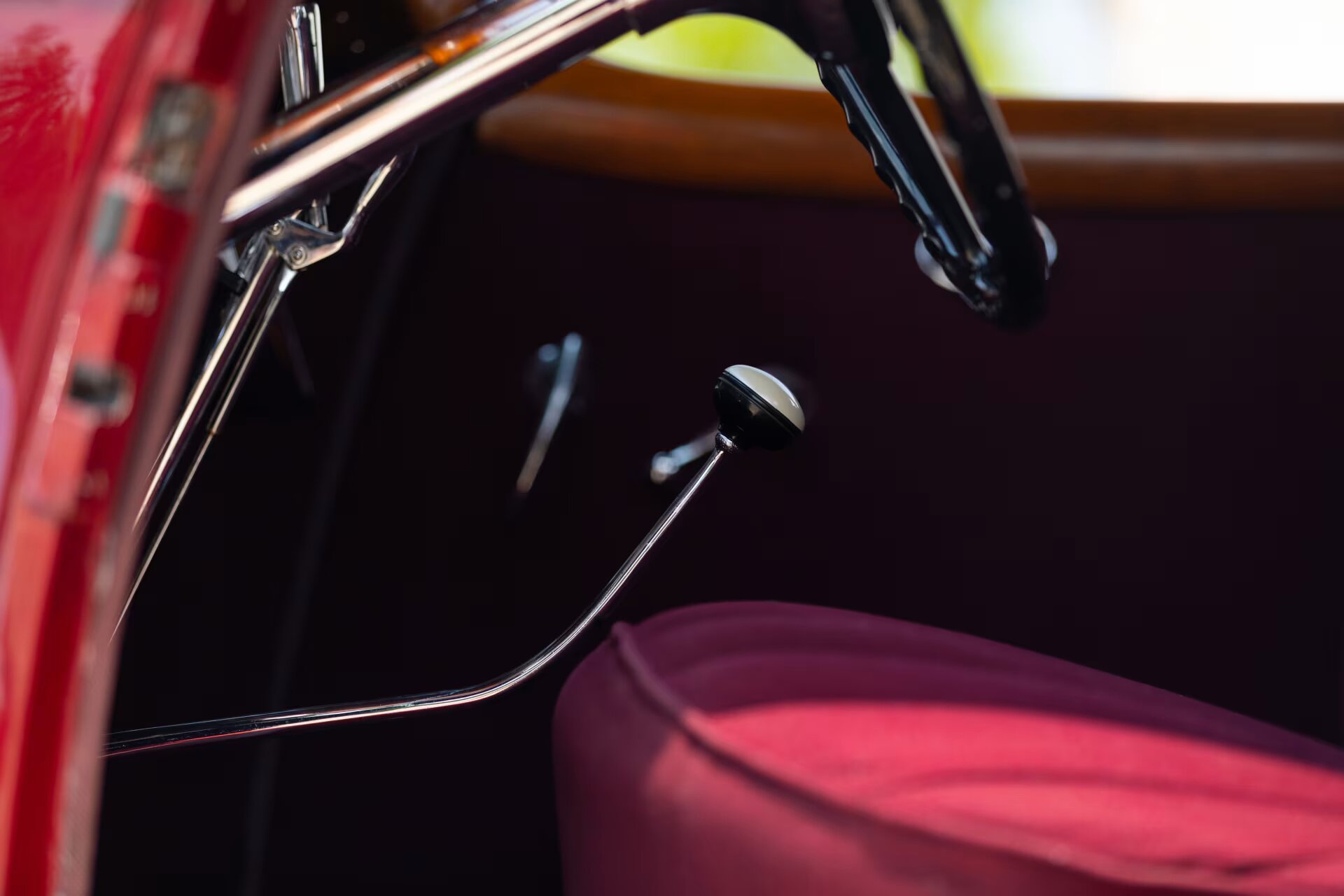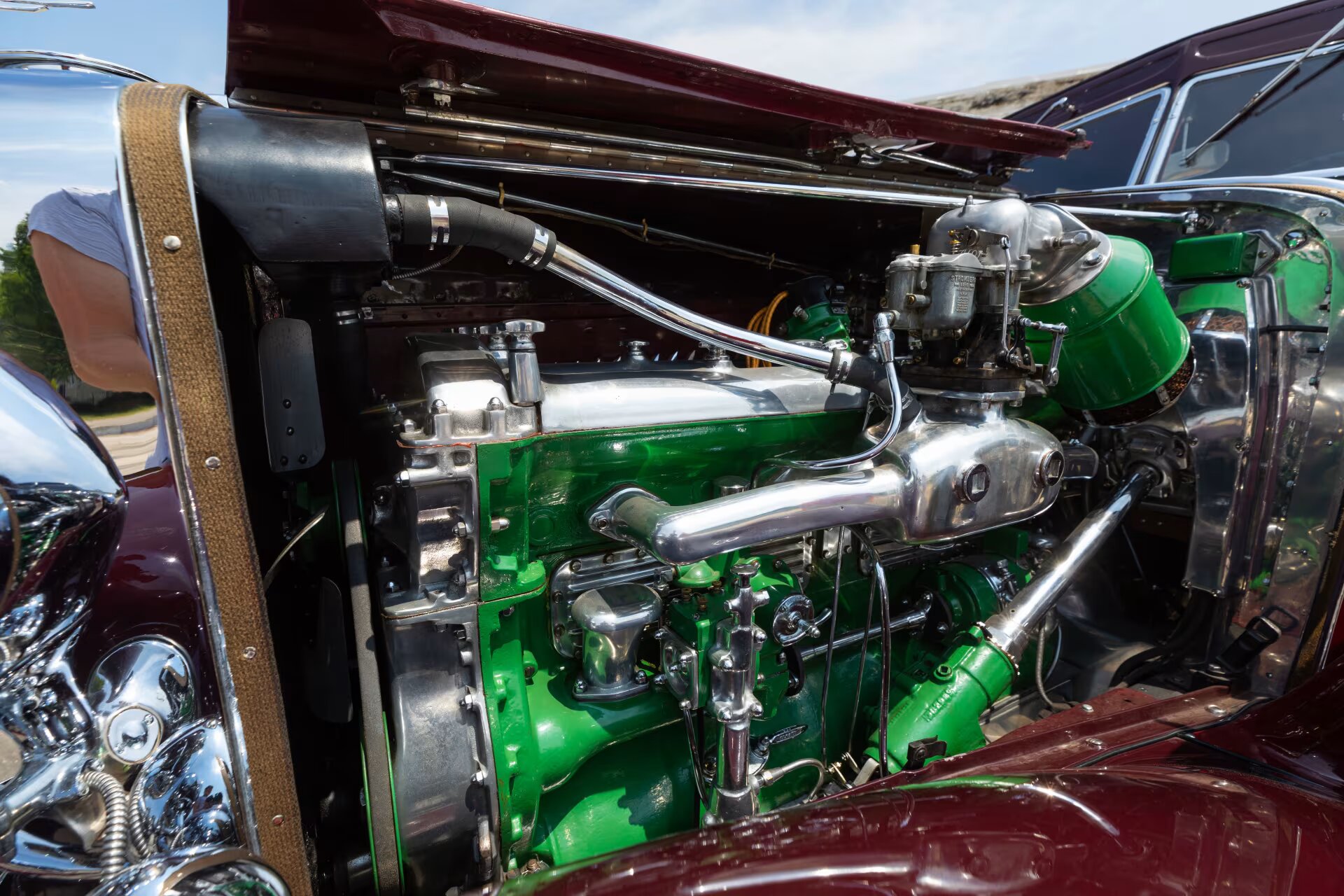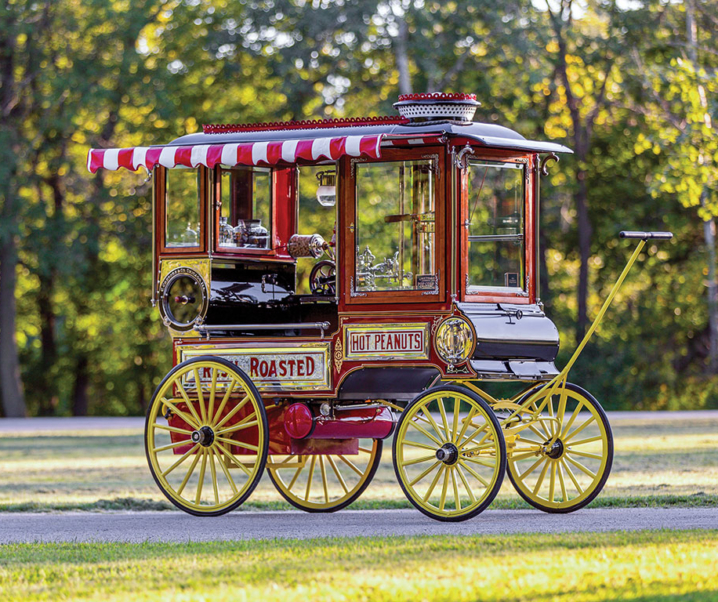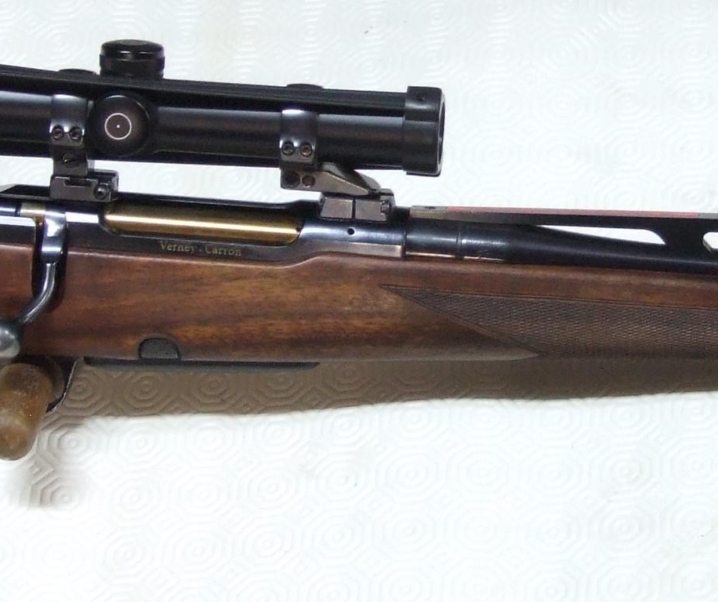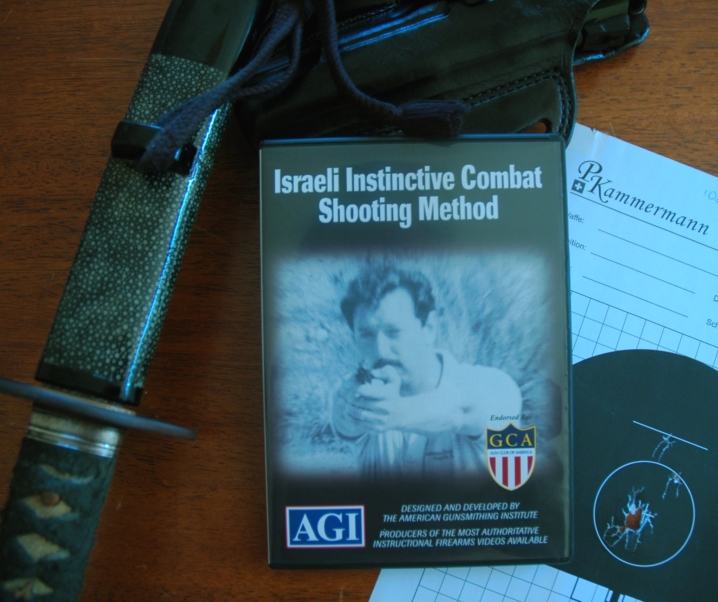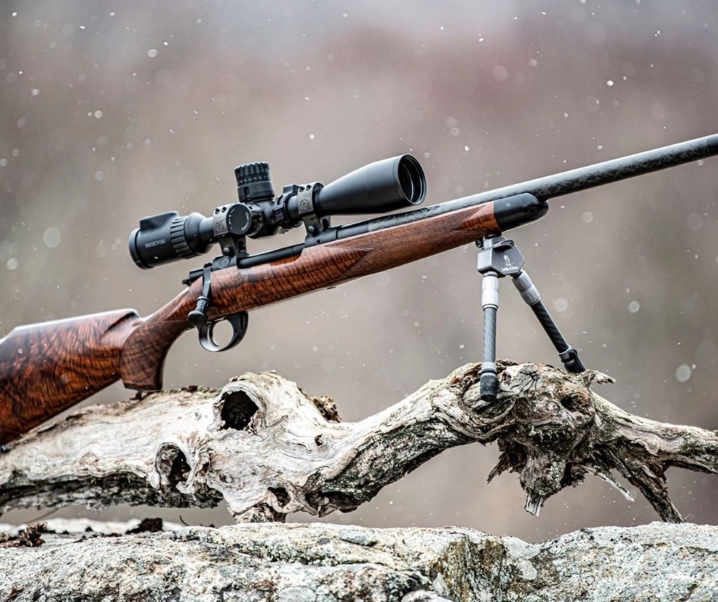The Duesenberg Model J was created to be a luxury car that would prove to be superior to all its competitors, and arguably Fred Duesenberg succeeded in that aim. He created a car of unmatched performance and luxury that led to the term “Its a Deusy” coming into American parlance to describe something to be admired.
Fast Facts
- The Duesenberg Model J was created at the instigation of E.L. Cord, who had purchased the Duesenberg company in 1926.
- Cord commissioned Fred Duesenberg to create the ultimate luxury car – one whose engineering, performance, and aesthetics were superior to all its competitors.
- The new Duesenberg ultimate luxury car made its debut at the New York Motor Show of 1928.
- A highly original Duesenberg Model J is coming up for sale by Mecum Auctions at their Kissimmee sale to be held between January 2-14, 2024.
By the 1920’s the world had entered into what might best be called a “golden age” of automobile design. The “Roaring Twenties” had become an era of happy music, the advent of motion pictures, and hope that the War to end all wars” had indeed ushered in an era of peace and prosperity – except in Germany of course – who were under the weight of the reparations imposed on them at the end of “The Great War”.
This was an era of the great car makers, assisted by the bespoke coach-builders, who would turn your automotive dream into reality – at a price of course.
Among those great car makers were Rolls-Royce, Bentley, Lagonda, Bugatti, Avions Voisin, and Hispano-Suiza.
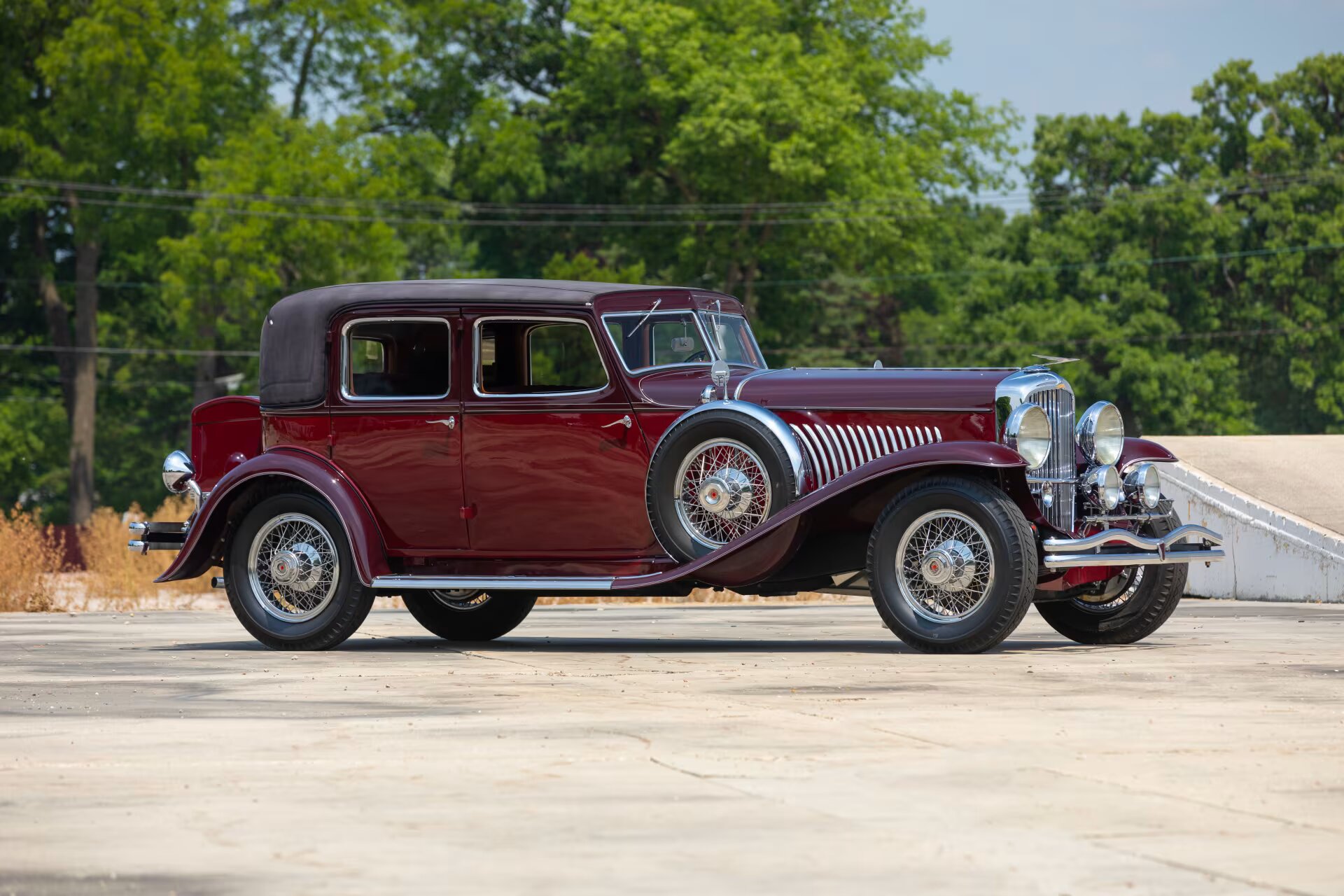
The United States was a nation which had its fair share of well-heeled people looking for an American made automobile that could be described not just as the equal of the European prestige cars, but a car that was arguably better than them all: and it was with this in mind that Errett Lobban Cord (E.L. Cord) decided to step up to the plate.
There were of course a number of top-end luxury cars already being made in the United States, Cadillac, Lincoln, Packard, Stutz to name a few. But E.L. Cord was determined to beat them all.
Not only did E.L. Cord want to outdo his opposition on luxury and prestige, but he also wanted to outdo them in the car’s performance. To accomplish this he wanted an engine even more sophisticated than his opposition.
Cord’s interest was drawn towards the work of the Duesenberg brothers, Fred and August, and their automobile design and manufacturing business which they had established in 1920.
The year after Fred and August Duesenberg founded their company they became the first American car maker to win a European Grand Prix race – they won the French Grand Prix of 1921 with a man named Jimmy Murphy at the wheel.
That victory was not to be a flash in the pan, and the Duesenberg brothers went on to win the Indianapolis 500 race in 1922, 1924, 1925 and 1927.
The talent and dedication shown by Duesenberg’s team made the company stand out to E.L. Cord and when the company ran into financial difficulties Cord saw his opportunity and he bought the business in 1926.
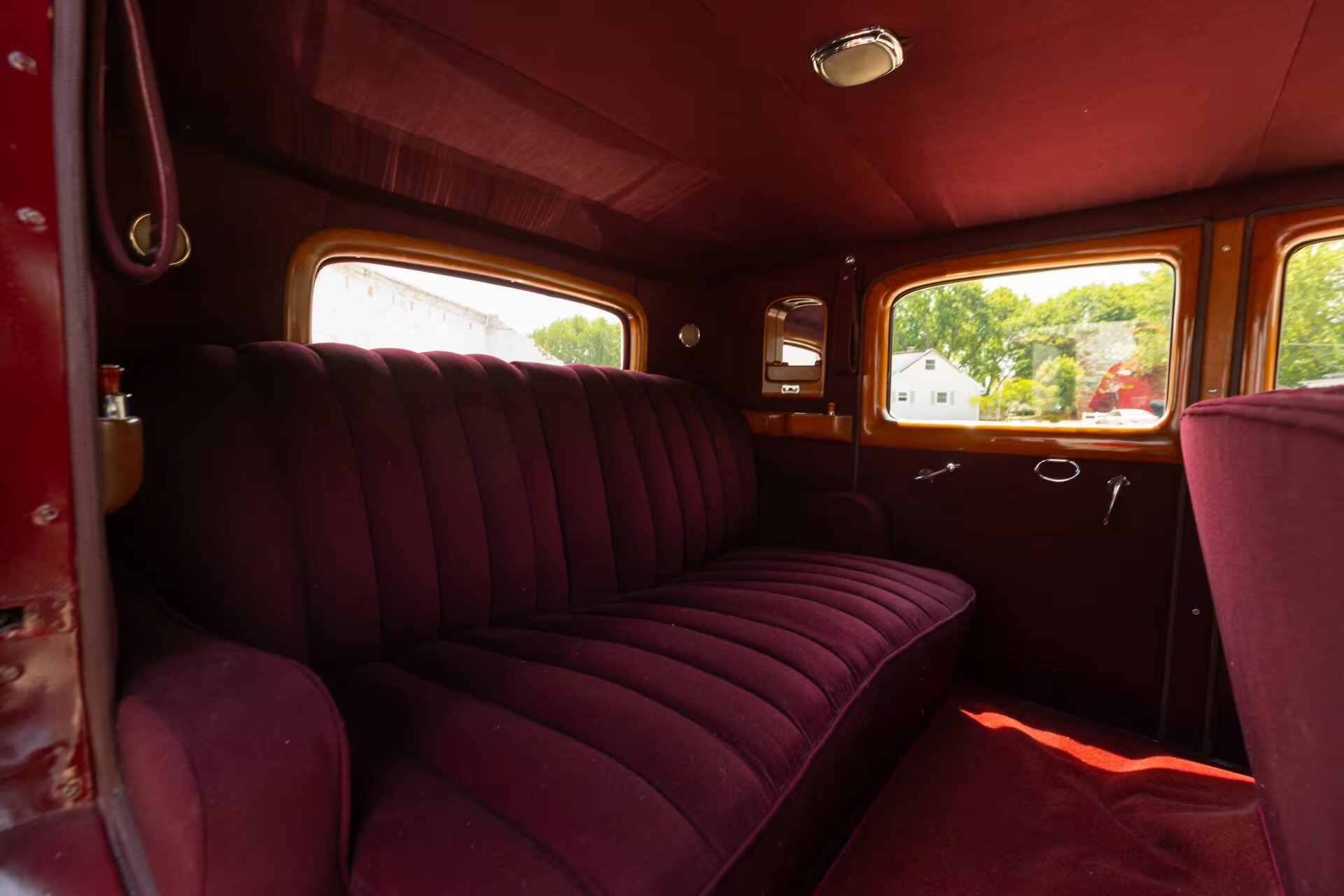
At the time of the Cord take-over the Duesenberg automobile was their Model A, (although it had not been given the Model A designation when it entered production, it was just known as the Duesenberg. It would be called the Model A when the Model J was introduced).
This vehicle was powered by a 4.3 litre (260 cu. in.) straight eight engine and held the distinction of being the first series production car in the United States with a straight eight engine and the first with hydraulic brakes. Not only that but the engine featured a shaft driven overhead camshaft and it had hemispherical combustion chambers.
This engine had a compression ratio of 5:1 and produced 88hp @ 3,600rpm with torque of 170 lb/ft @ 1,500rpm. It sent its power to the rear wheels via a single dry plate clutch and three speed non-synchromesh manual gearbox, and torque tube mounted shaft to a spiral bevel drive.
That original straight eight Duesenberg engine had three main bearings and breathed through a single updraft carburettor.
Although the Duesenberg Model A was an excellent automobile by early 1920’s standards E.L. Cord had something rather more ambitious in mind when he bought the company.
The talents of Fred and August Duesenberg were applied to different projects: August went to a separate workshop and focused his attention on motor sport competition, while Fred remained at the main works and in 1928 was charged by Cord to create a Duesenberg that would be superior to everything else on the road. This new car was to be the Model J.
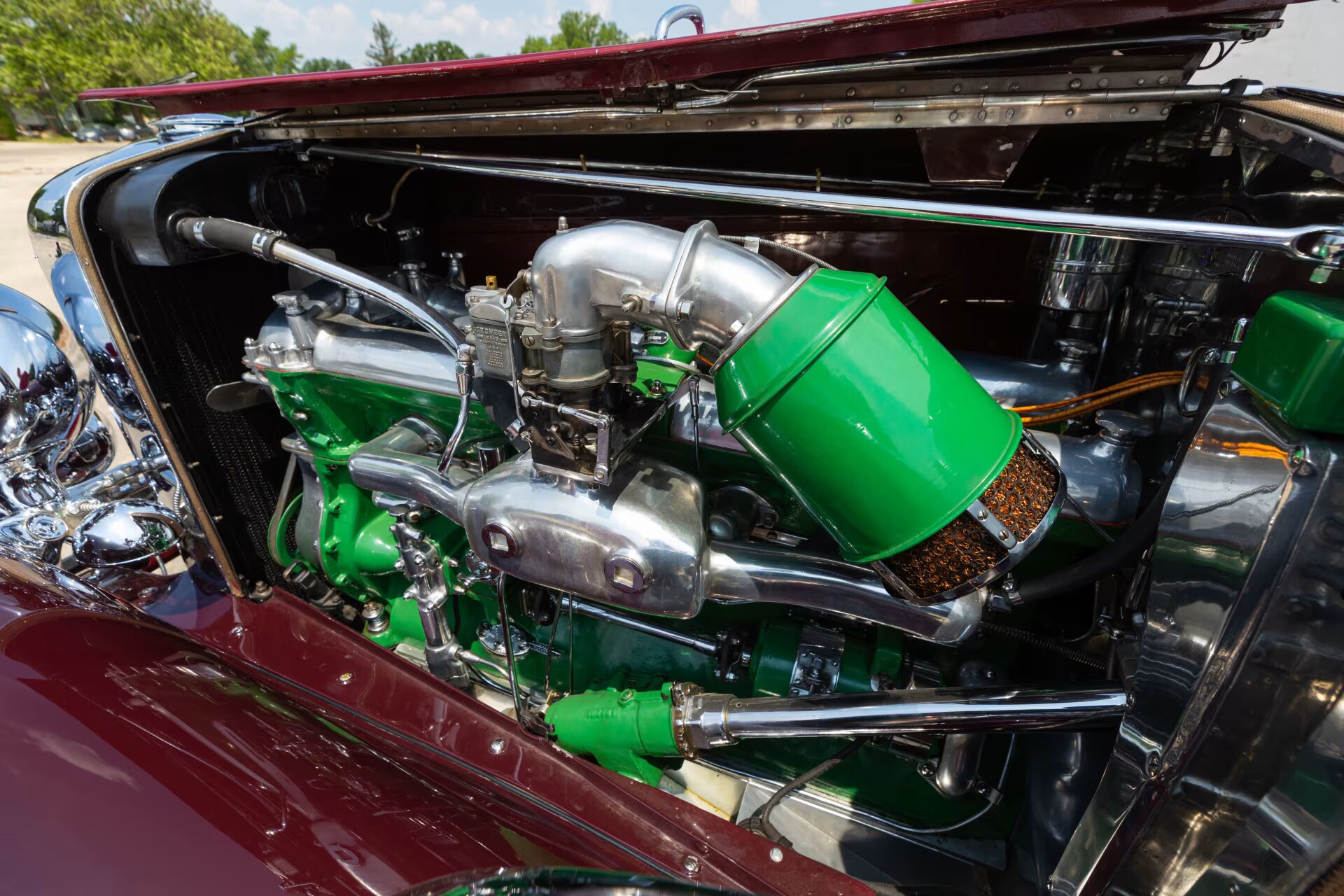
At the heart of the new Duesenberg Model J was to be an advanced straight-eight engine of 6.9 litres (420 cu. in.) capacity. While the straight-eight of the Model A used a single overhead camshaft the Model J’s engine was to have twin overhead camshafts and four valves per cylinder.
This engine used five main bearings and had a compression ratio of 5.2:1. Connecting rods and pistons were of aluminum while the crankshaft was of chrome-nickel steel.
An interesting feature of the engine was the use of mercury filled cartridges to balance the crankshaft. These being bolted to the crank cheek between the first and second cylinders.
Power output was 265 hp and this engine drove via a dual dry-plate clutch and four-speed synchromesh manual gearbox for the early models. That four-speed gearbox would prove not to be up to the task of managing the power of this engine and was changed to a stronger three speed non-synchromesh Warner Gear gearbox that managed the power comfortably.
Drive to the rear wheels was via a shaft in a torque tube and spiral bevel final drive.
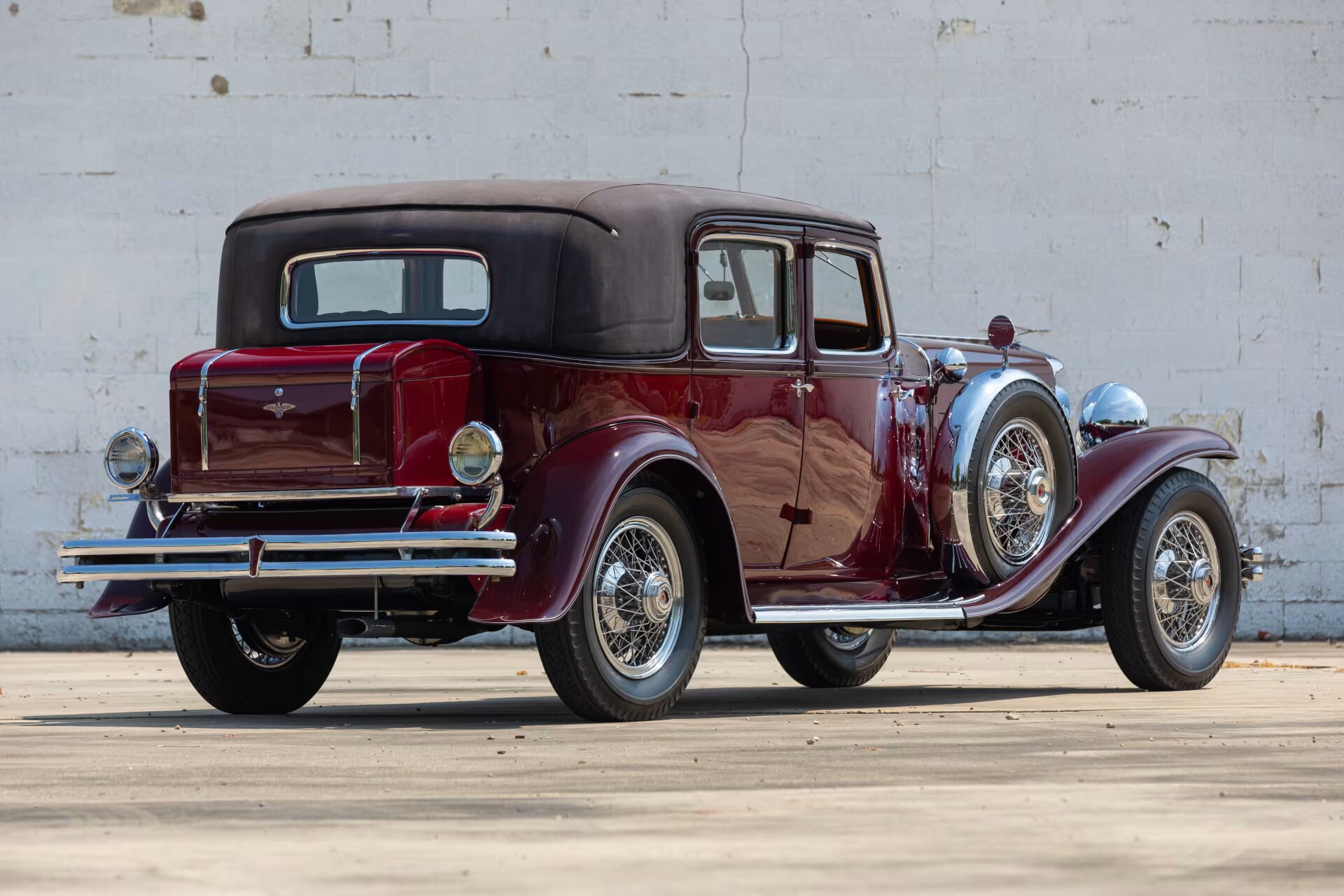
This engine was based on Duesenberg’s racing engines and manufactured by Lycoming, who would go on to become one of the United States most famous aircraft engine makers.
The Duesenberg Model J was introduced to compete with the best that money could buy and comparing its engine to that of the contemporary Cadillac illustrates the advanced technology of the Duesenberg.
It was in this period of American luxury car history that what has been called the “cylinder wars” were underway. This quest was to fit one’s luxury car engine with more and more cylinders. This was underway in part because potential buyers were wanting to have something that was “superior” to everybody else, and thought that more cylinders meant more smooth, more power, more impressive, and just plain better.
Cadillac were determined to be first to market with a V-16 engine and they succeeded in 1930.
That Cadillac 7.4 litre V-16 produced 185hp with 320lb/ft peak torque at 1,400rpm – the eight cylinder Duesenberg beat it rather decisively despite having half the number of cylinders, putting out 265hp in naturally aspirated form.
And the Duesenberg kept that beautiful understated straight-eight exhaust note which is not only smooth but sounds powerful.
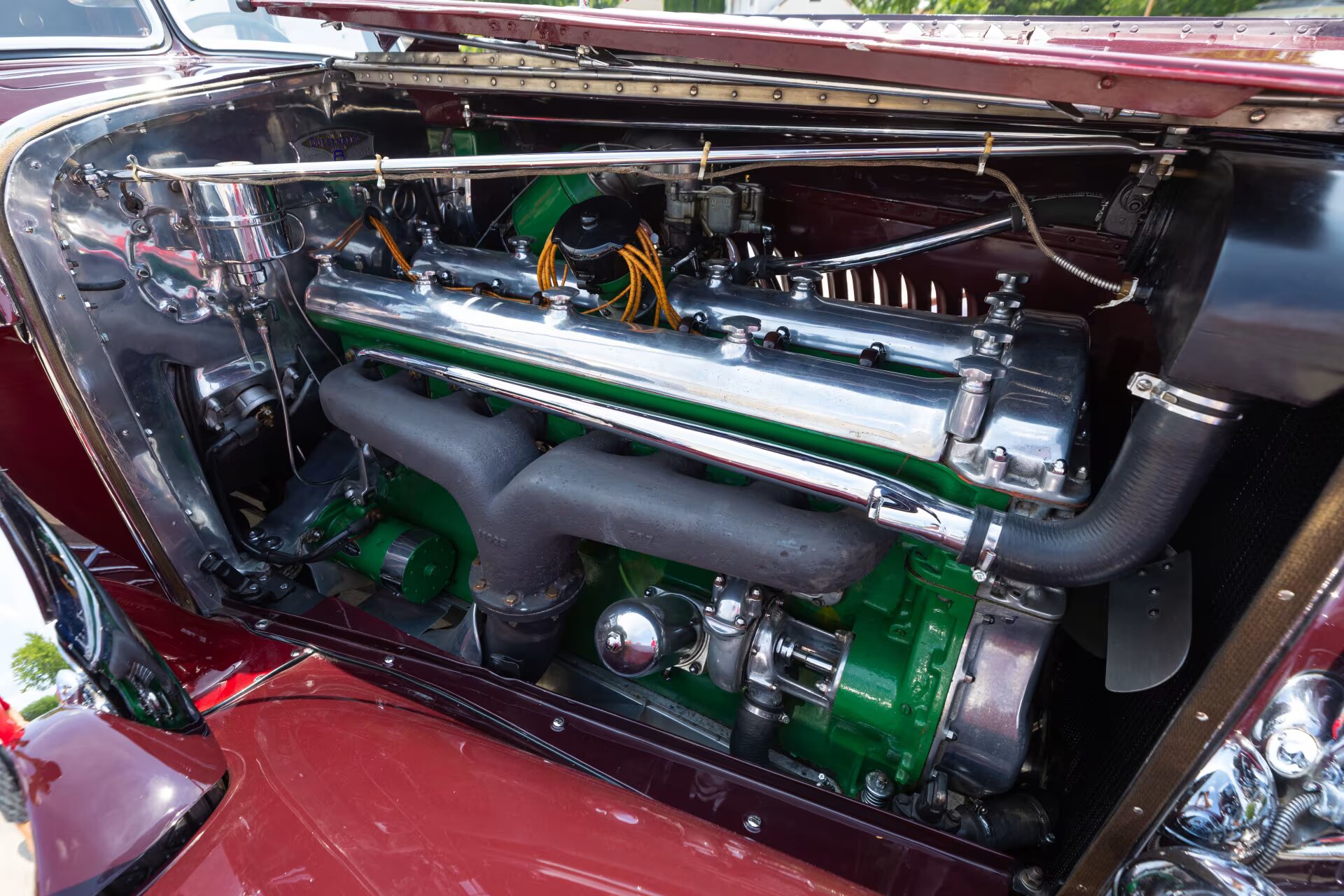
This was a period in which prestige car buyers typically did not just walk into a showroom and buy a standard or optioned up automobile. Instead they expected to purchase a rolling chassis complete and driveable, but with no bodywork on it yet.
This rolling chassis would then be delivered to the coachbuilder of the customer’s choice for the fitting of bespoke bodywork. This is how the Duesenberg Model J was sold.
The bodywork was typically based on a custom crafted timber frame with steel or aluminium panels fixed to it, or Weymann fabric panels might also be used.
Gordon Buehrig was Duesenberg’s in-house coachbuilder and his work was labelled “La Grande”.
The most common external coachbuilder for the Model J was Walter M. Murphy Company of Pasadena, California.
Other US based coachbuilders included LeBaron and Holbrook, and at least a dozen or so others.
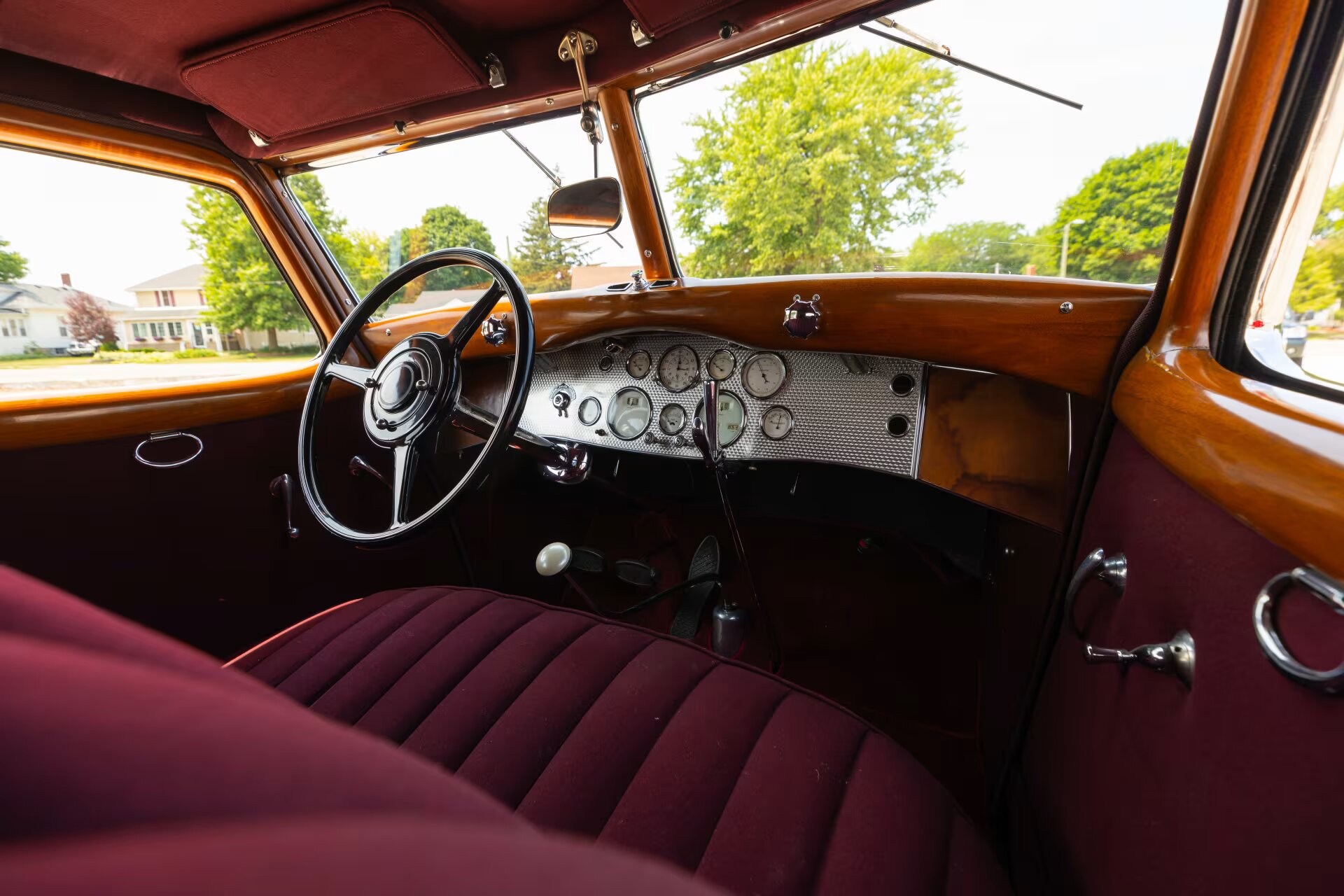
The rolling chassis would normally be supplied in either the short 142.5 inch or long 153.5 inch versions. Duesenberg would make different wheelbase lengths to special order, up to 160 inches and down to 125 inches were made.
The chassis was a simple ladder type with six reinforcing cross-beams. Front and rear suspension was by live-axle and semi-elliptic leaf springs, the rear axle being of the banjo type. Brakes were hydraulically actuated drums all around with vacuum power assist.
Duesenberg had been the first to fit their regular production passenger cars with hydraulic brakes.
The Model J was designed for an intelligent and informed owner and this meant that rather than dumbing things down the car had in-built systems to keep the owner informed of maintenance requirements.
The car had a lubricating system which delivered lubricant as required to different parts of the chassis/suspension every sixty to eighty miles. On the dashboard were two warning lights to keep the driver informed. There were another two dashboard lights that would light at 750 miles to advise an engine oil change was required, and the other would light at 1,500 miles advising a battery check.
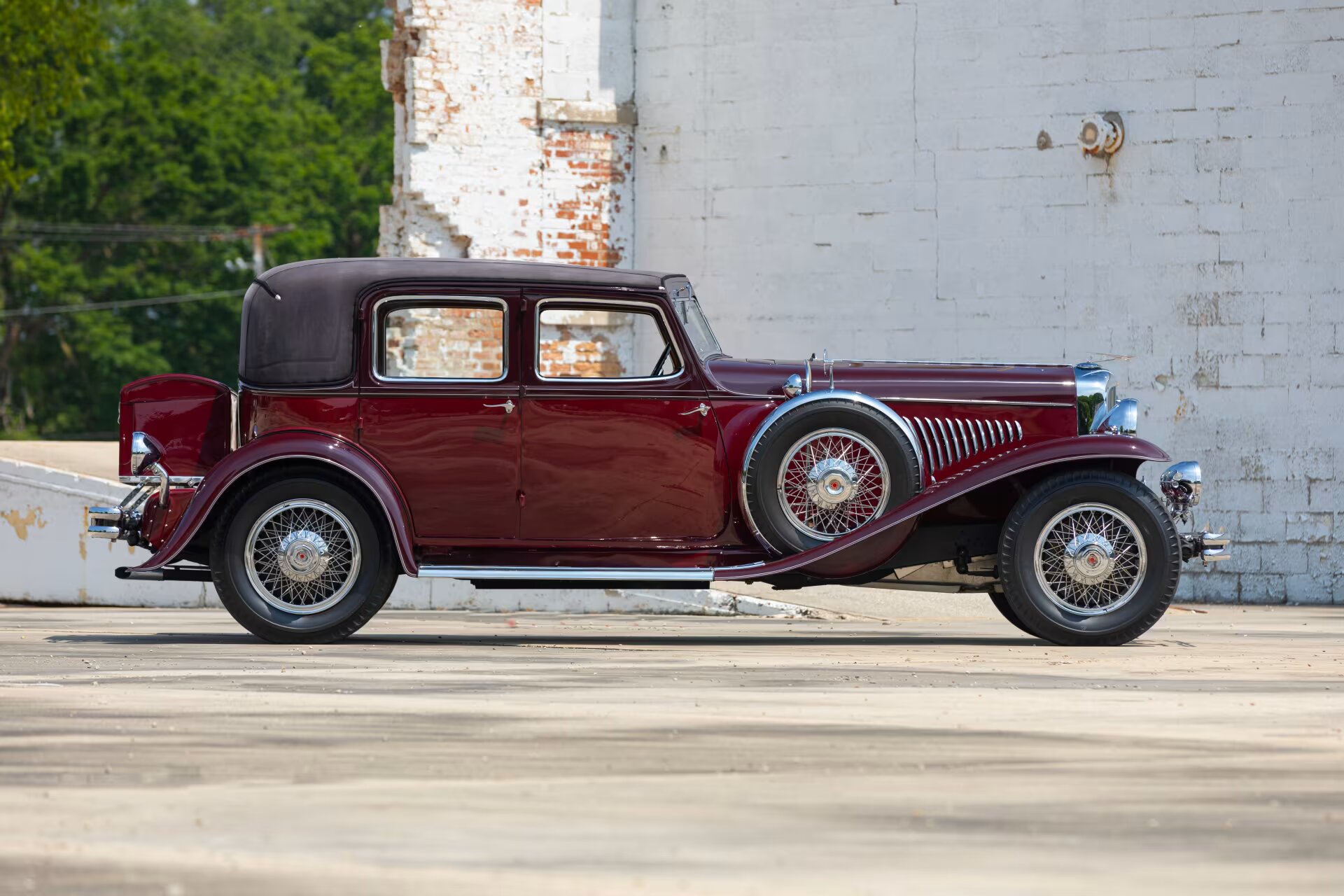
There was a high-performance supercharged version of the Model J made beginning in May of 1932 and this was designated the Model SJ (i.e. Supercharged J).
The SJ engine produced 320 hp and gave the Duesenberg a substantial power advantage over most cars on the road at that time.
When it came to the all important sales for the Duesenberg Model J we need to remember that the Wall Street crash began with “Black Thursday” on October 24th, 1929, followed by “Black Tuesday” on October 29th. This event would herald in the “Great Depression” which would last into the 1930’s worldwide causing many affluent people to lose fortunes while ordinary people lost their jobs and hopes for the future.
Suffice to say that the advent of the Great Depression had the effect of depressing sales of the jaw droppingly expensive Duesenberg Model J and as many companies went broke during this time Duesenberg would also follow. They lasted until 1937 and then closed as the rest of E.L. Cord’s financial empire came to an end.
1929 Duesenberg Model J LaGrande Blind Quarter Brougham for Sale
An original 1929 Duesenberg Model J is coming up for sale by auction at the Mecum auctions Kissimmee sale which will be held over January 2nd-14th, 2023.
This car was originally delivered on August 16, 1929, to Alice Paddock of Evanston, Illinois, on August 16, 1929: at the time of first delivery the car was fitted with a Weymann sedan body.
Alice Paddock kept the car for four years and sold it to F.D. Daniels of Indianapolis in 1933. After keeping the car for three years F.D. Daniels sent the Duesenberg back to the factory in 1936 where it was fitted with new Blind Quarter Brougham bodywork by Duesenberg’s in-house coachbuilder LaGrande.
The completed car was equipped with a fabric style roof, opening split-V windshield, Dual side-mounted spare wheels each with side mirrors mounted on them, and the unusual and very practical Pilot Ray driving lights.
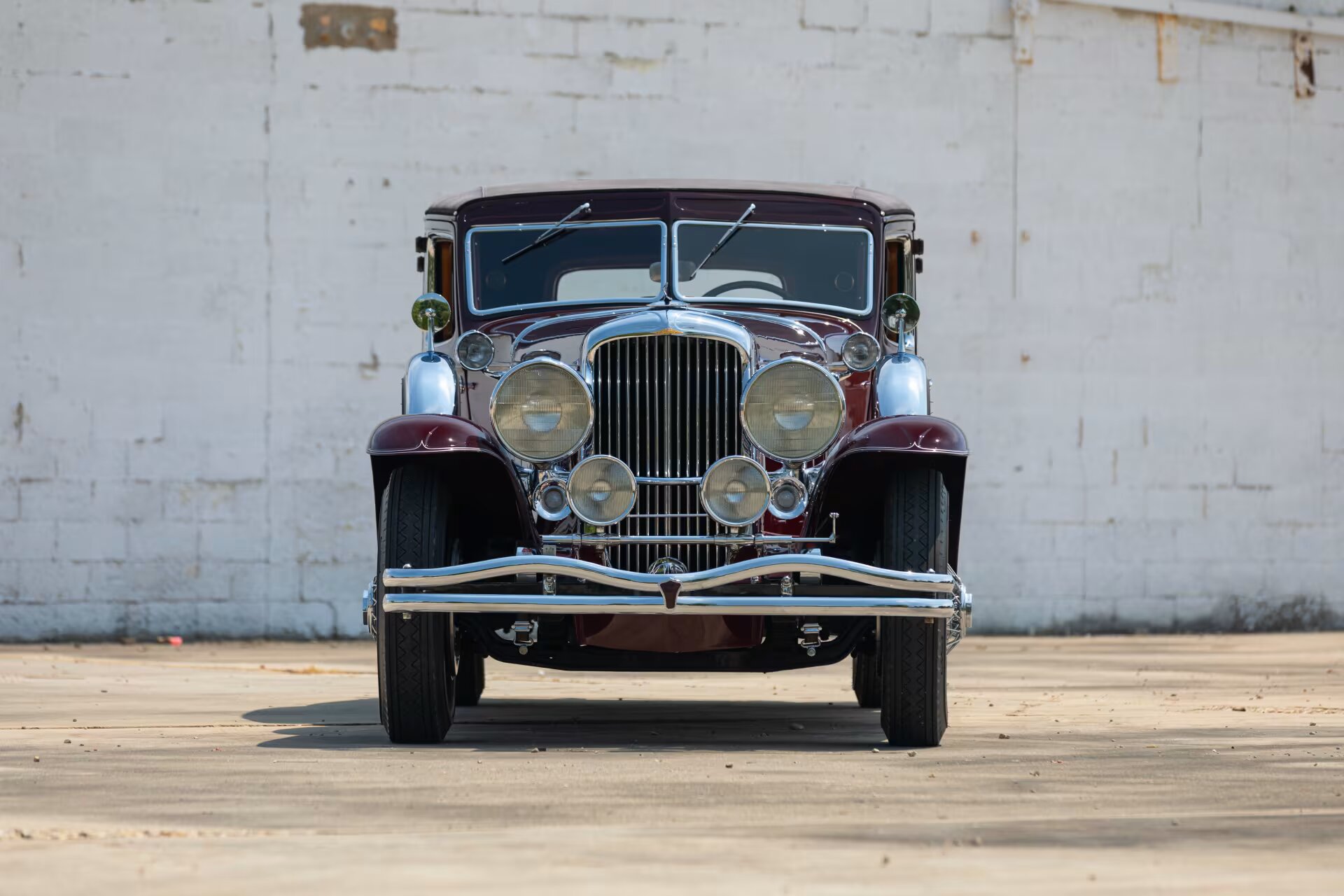
Pilot Ray driving lights are unusual in that they have a turning mechanism connected to the car’s steering such that they turn as the front wheels are turned to illuminate the road into which the car is turning.
The Duesenberg was protected front and rear by dual-bar bumpers. Wheels are 19 inch, Buffalo-type, steel-spoke wheels with cast brass hubs, each housing a red Duesenberg badge.
The car has a standard style luggage trunk mounted on the rear while the interior is trimmed in maroon cloth and carpet, accented with wood moldings and lighted vanities.
Once the new coachwork was fitted in 1936 F.D. Daniels sold the Model J to Brooke Postley of New York, and the following year, 1937, he sold it to John Troka, who was a Duesenberg collector of Chicago. In that same year, Troka sold the Model J to Mr. Evanston of Norfolk, Virginia, who kept it until 1951, and then passed it on to Ralph Block of Houston, Texas.
In 1955, Block sold the car to Charles Faulkner, who sold it to Neil Rogers in 1956. Then in 1957, Rogers sold the car to Jim Hoe of Hoe Sportcar Garage in Weston, Connecticut.
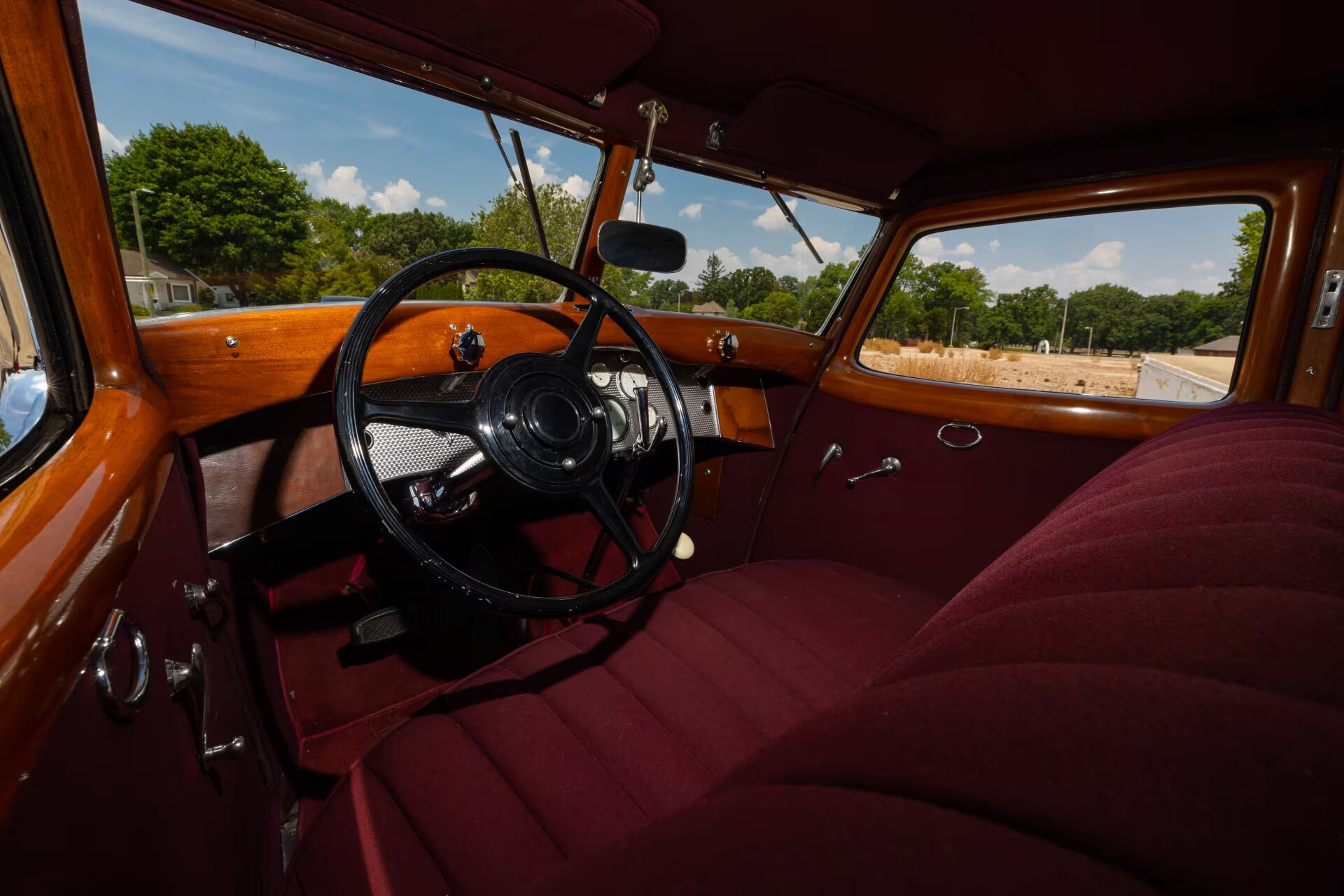
Jim Hoe was the most well-known Duesenberg specialist of his time. The car then went to Mr. W. Wolin in New York and he kept it until 1961, when it was sold to Irving Gardner of Hunter, New York.
Gardner sold the car to Everest Wilson of Rhinebeck, New York, in 1985, and Wilson kept it until 1992, when he sold it to Tommy Crook of Auburn, Washington. In 2007, Crook sold it to Thomas Rupf in Germany.
In 1994 the Duesenberg was treated to a mechanical restoration by Libby’s Classic Car Restoration Center in Shrewsbury, Massachusetts.
This Duesenberg remains original, including its original firewall. original engine and three speed transmission, and 142 inch chassis.
This outstanding example of a Duesenberg Model J is coming up for sale by Mecum Auctions at their Kissimmee sale to be held from January 2 to January 14, 2024.
You will find the sale page for this car with further details here.
Picture Credits: All pictures courtesy Mecum Auctions.

Jon Branch is the founder and senior editor of Revivaler and has written a significant number of articles for various publications including official Buying Guides for eBay, classic car articles for Hagerty, magazine articles for both the Australian Shooters Journal and the Australian Shooter, and he’s a long time contributor to Silodrome.
Jon has done radio, television, magazine and newspaper interviews on various issues, and has traveled extensively, having lived in Britain, Australia, China and Hong Kong. His travels have taken him to Indonesia, Israel, Italy, Japan and a number of other countries. He has studied the Japanese sword arts and has a long history of involvement in the shooting sports, which has included authoring submissions to government on various firearms related issues and assisting in the design and establishment of shooting ranges.

